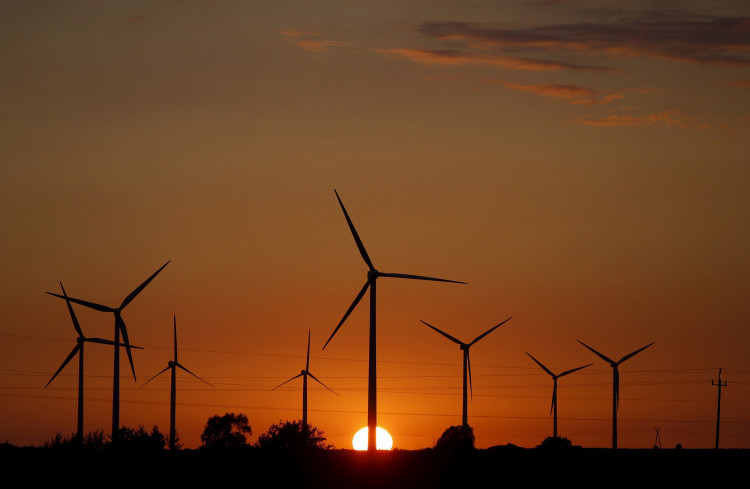The Biden administration approved the nation's first major offshore wind farm, touting it as the start of a new domestic energy industry that will help reduce emissions from the power sector.
The approval by the U.S. Interior Department Tuesday is the country's first large-scale offshore wind project, a final hurdle that reverses the Trump administration's course and sets the stage for a significant shift in the energy landscape.
This "is a significant milestone in our efforts to build a clean and more equitable energy future while addressing the climate emergency," Interior Secretary Deb Haaland said during a press briefing.
Wind energy expansion, according to Haaland, is vital to President Joe Biden's aggressive climate targets of making the electricity sector carbon-neutral.
The $2.8 billion project, known as Vineyard Wind 1, will include 62 turbines spaced about a mile apart, each standing about 837 feet above the water's surface. Cables buried beneath the ocean floor will link the power generated by these turbines with the New England grid onshore.
The project is expected to generate enough renewable energy to power 400,000 Massachusetts homes per year, while also saving ratepayers billions of dollars and lowering the state's annual carbon dioxide emissions by around 1.68 million metric tons.
The Biden administration has set a target of 30,000 megawatts of offshore wind energy by 2030. This is part of a larger strategy to combat climate change by achieving 100% renewable energy by 2035.
Vineyard Wind's CEO, Lars Pedersen, recently told public radio station WBUR that he expects offshore construction to begin next year, with renewable energy flowing into the grid by the end of 2023.
The U.S. currently operates two small offshore wind farms, one off the coast of Rhode Island and one off the coast of Virginia. However, several states along the east coast have set ambitious deadlines for bringing new capacity on line over the next 15 years.
Europe is already ahead of the game, with over 25,000 MW of offshore wind capacity in place. When it comes to power generation, wind and solar energy are taking off all over the world.
In 2020, new renewable energy capacity accounted for 90% of global power sector growth and is projected to do so again in 2021 and 2022.






